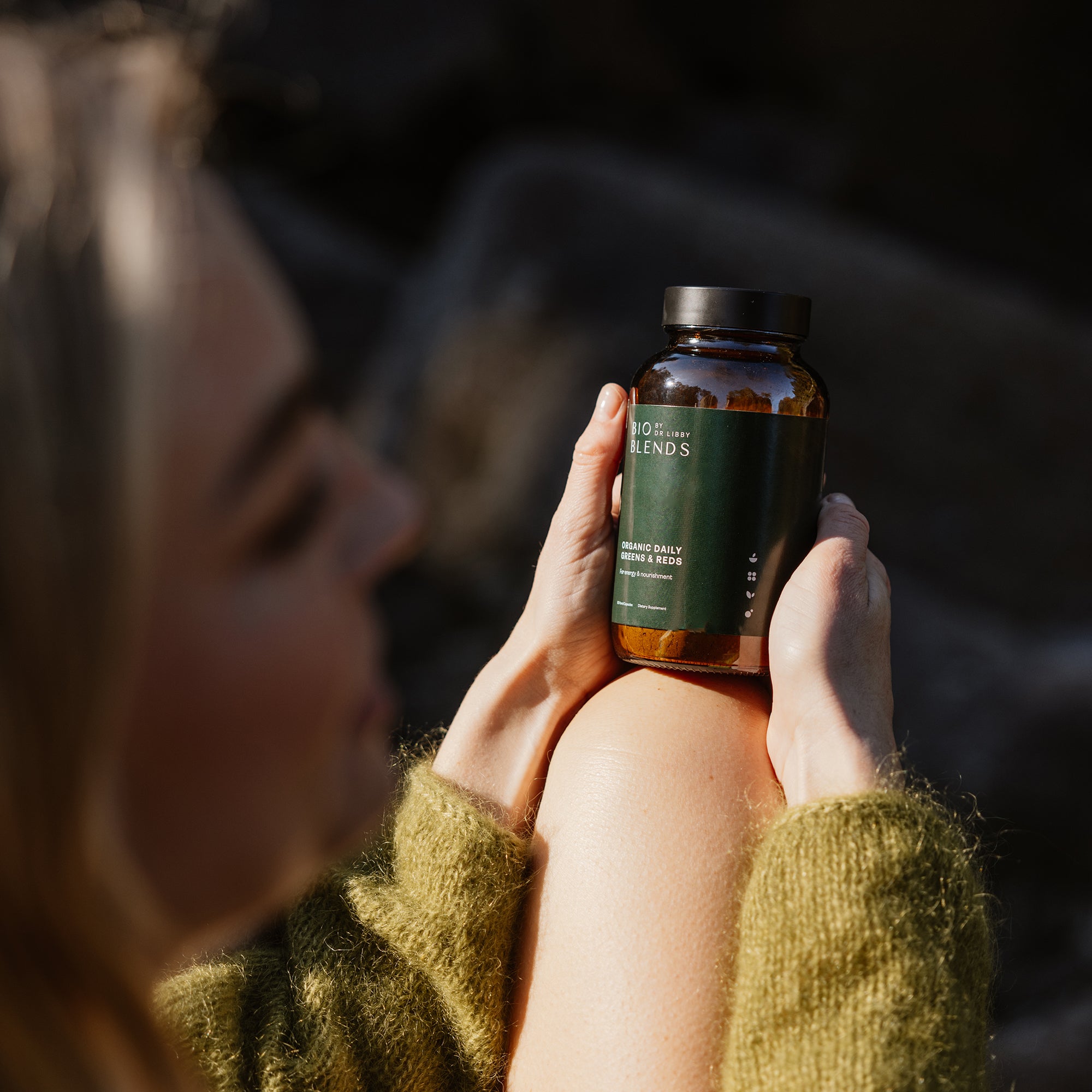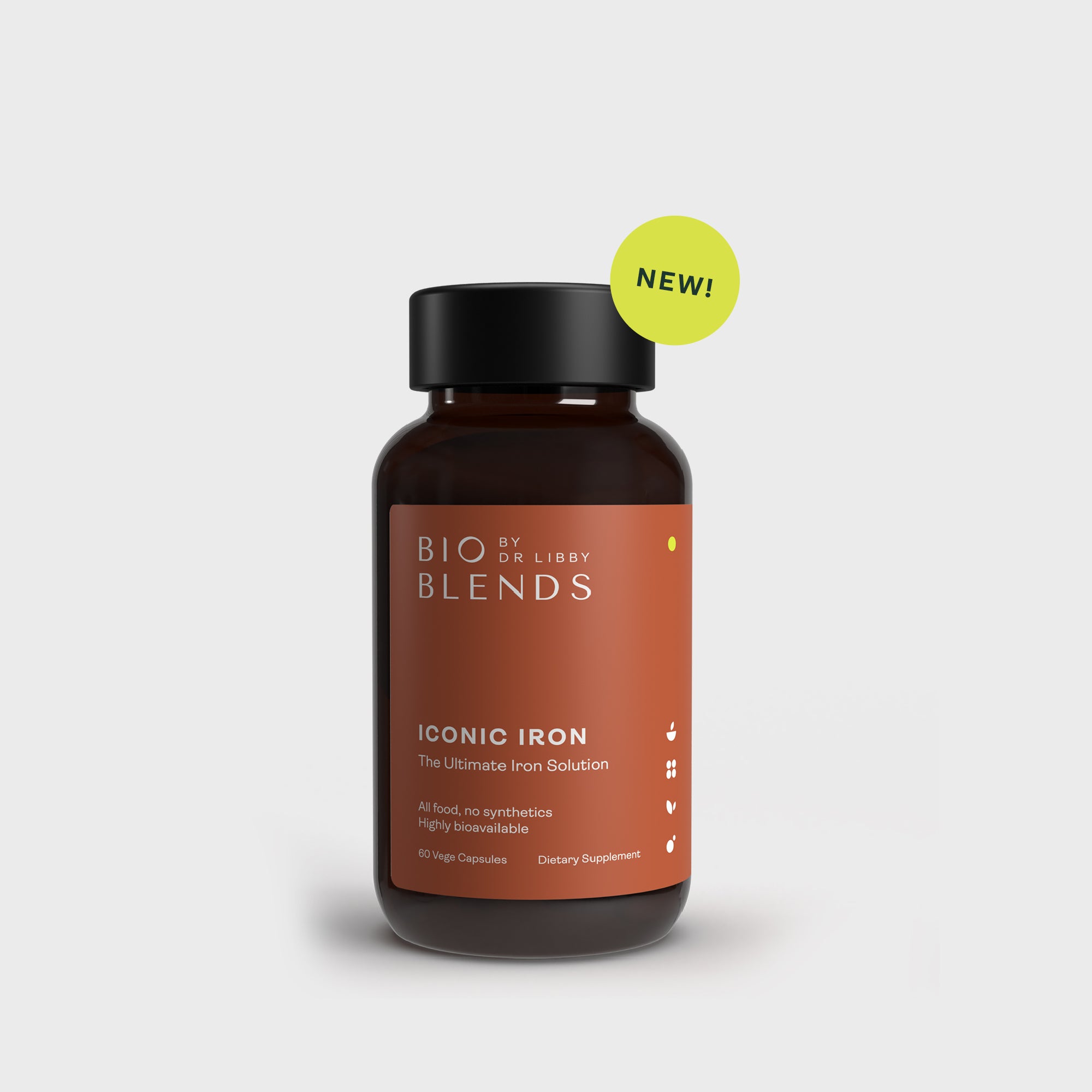

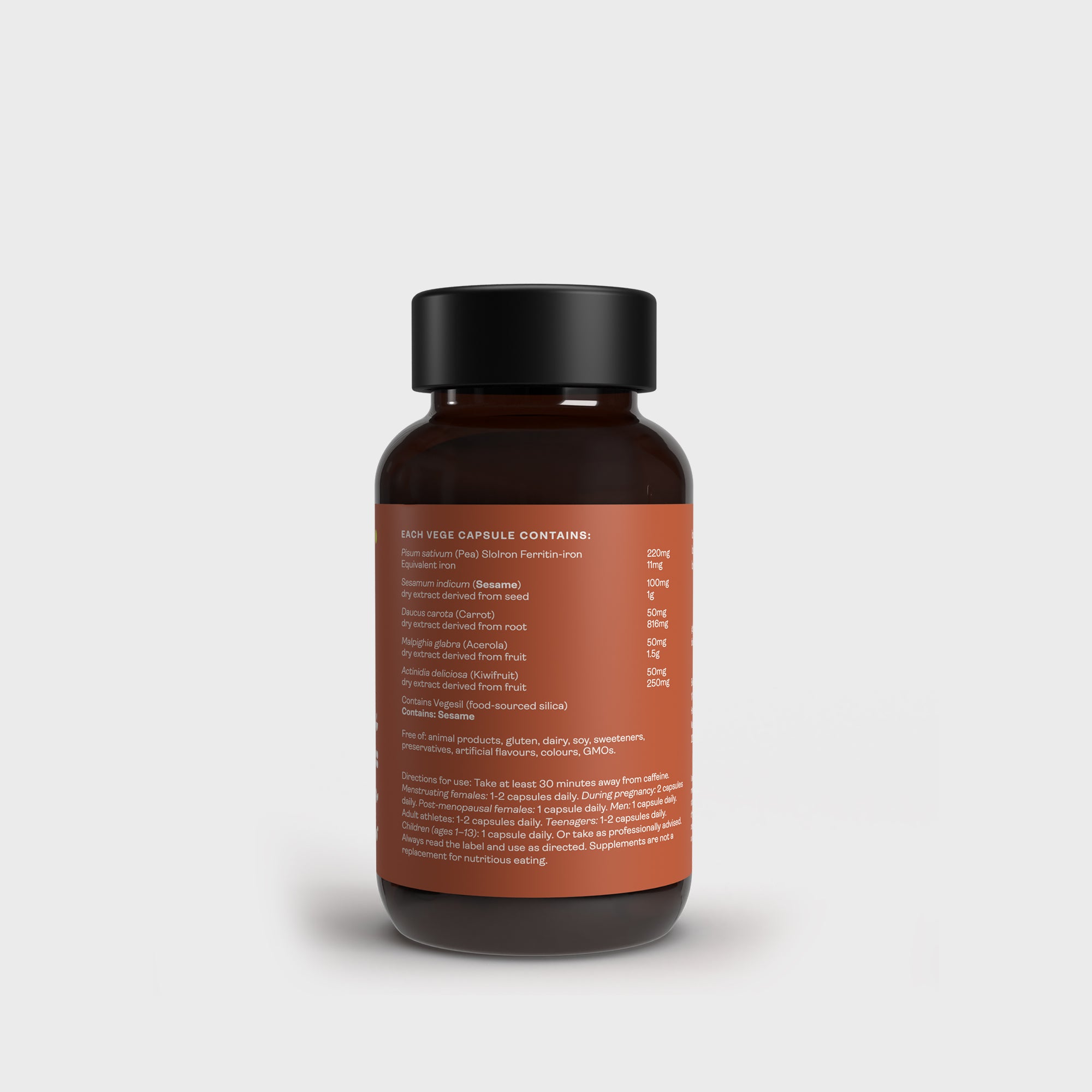
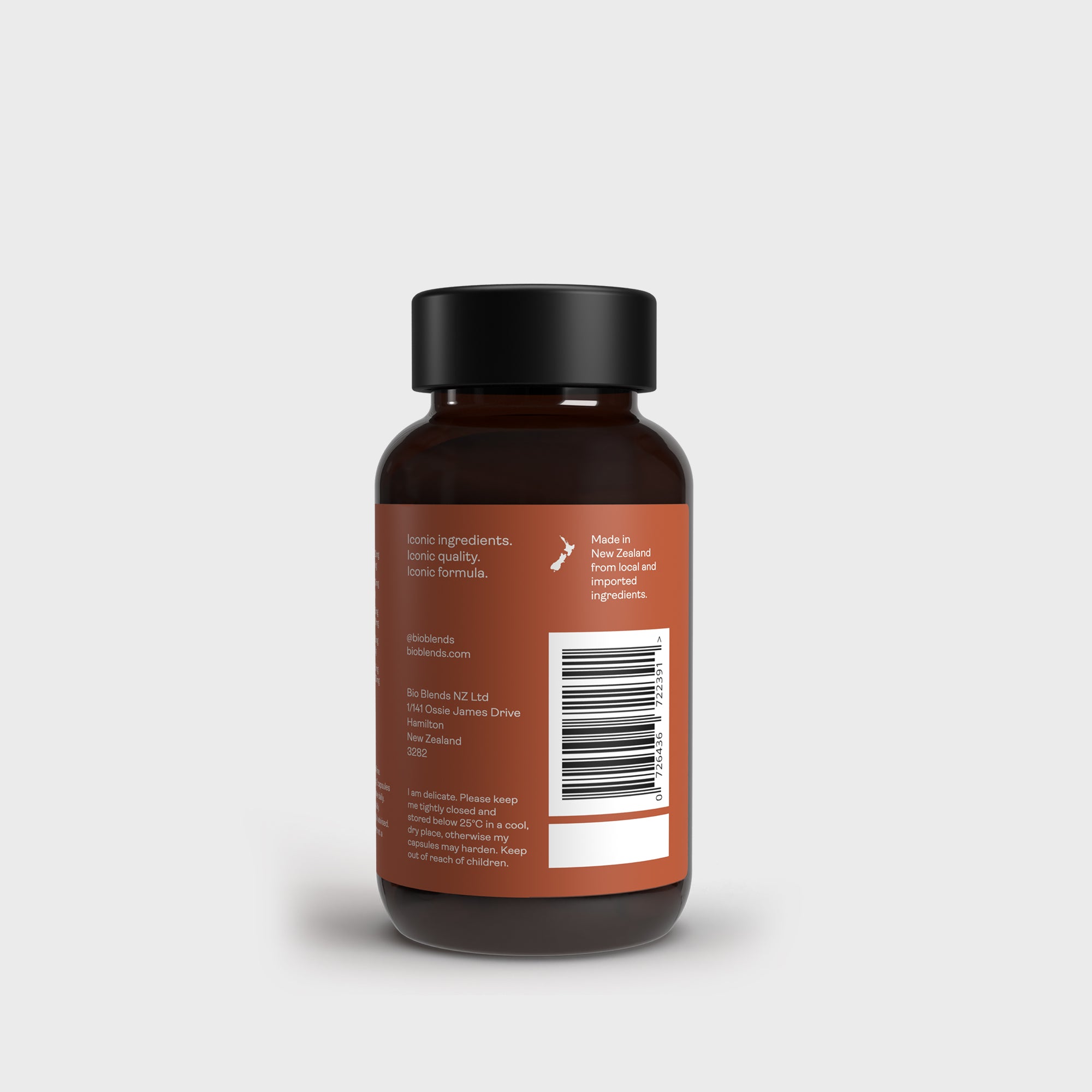
Iconic Iron
THE ULTIMATE IRON SOLUTION
RESTORE ENERGY. SUPPORT MOOD. IMPROVE MENTAL CLARITY.
Iconic Iron is a plant-based iron supplement that delivers ferritin iron from organic peas for superior absorption without the gut side effects. Formulated by Dr Libby, it provides gentle yet effective support for energy, mood, mental clarity and more. With food-based co-factors like vitamin C, copper and beta-carotene to enhance absorption and utilisation, Iconic Iron offers intelligent, gut-friendly nourishment for adults and children alike.
60 vege capsules / 2 per day / 30 day supply
Free of: animal products, gluten, dairy, soy, preservatives, sweeteners, artificial flavours, colours, GMOs.
Learn More
How To Take
Pair with
Duration
Contraindications
Suitable For
Ingredients
Choose options




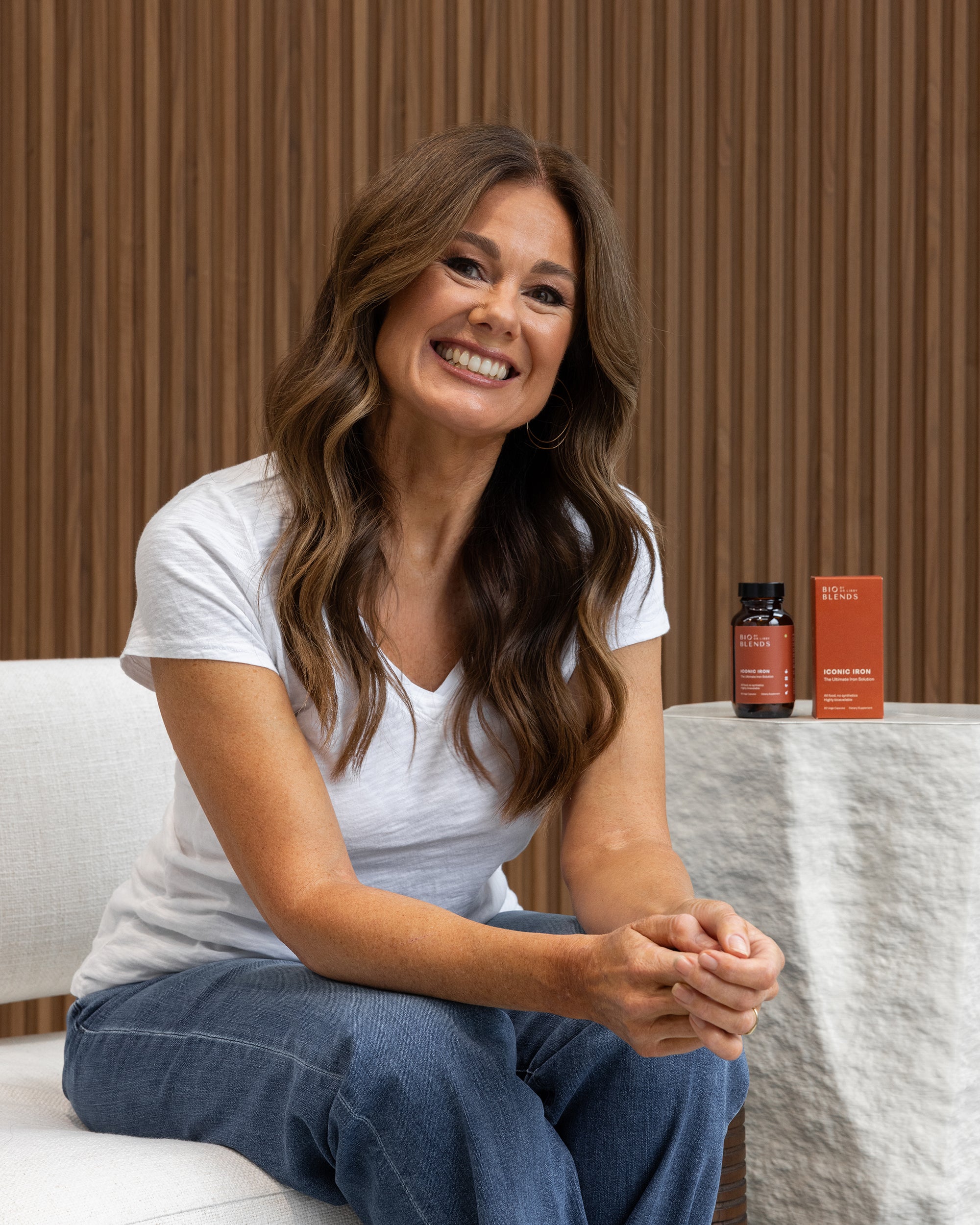
Note from founder
Why Iconic Iron?
INGREDIENTS
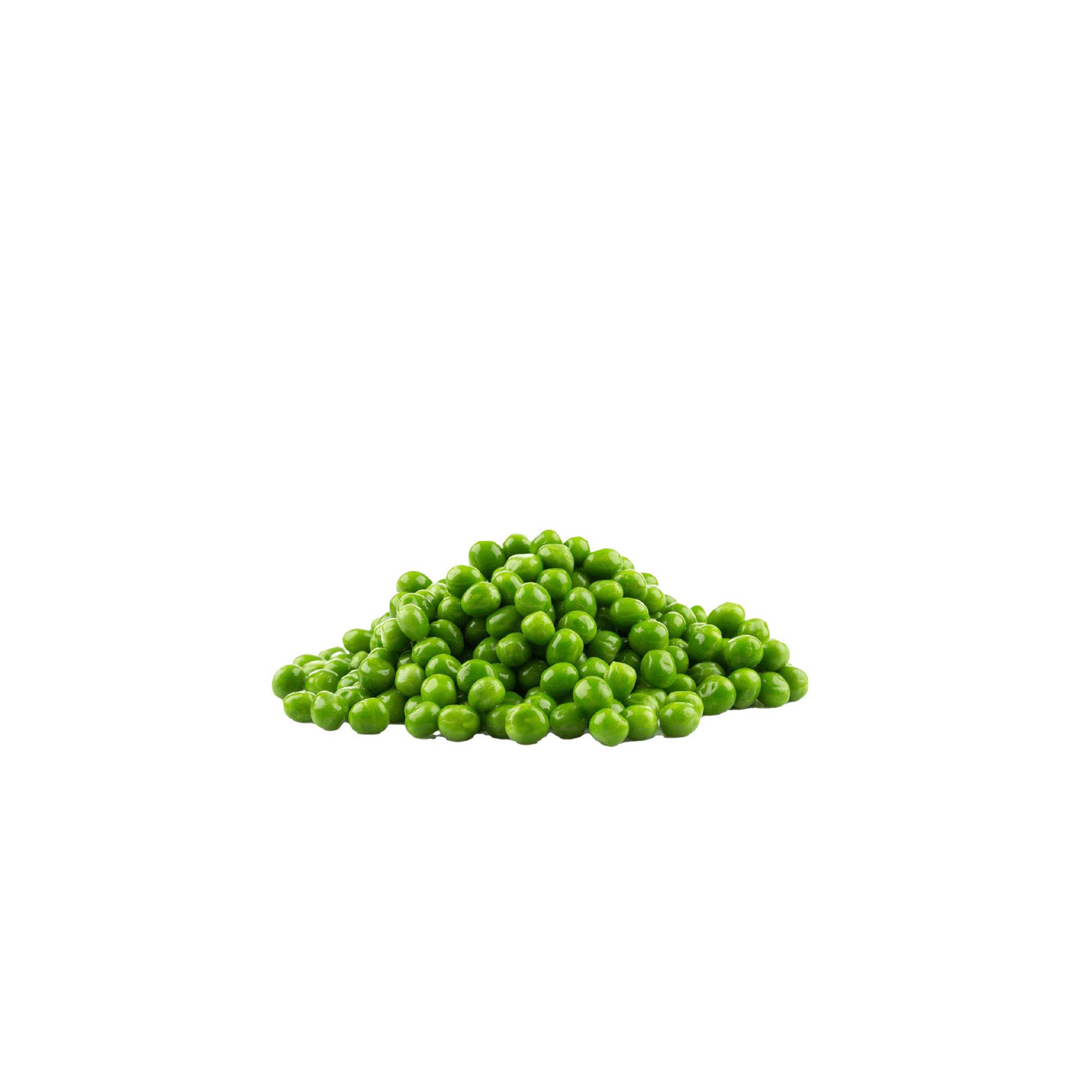
Organic peas
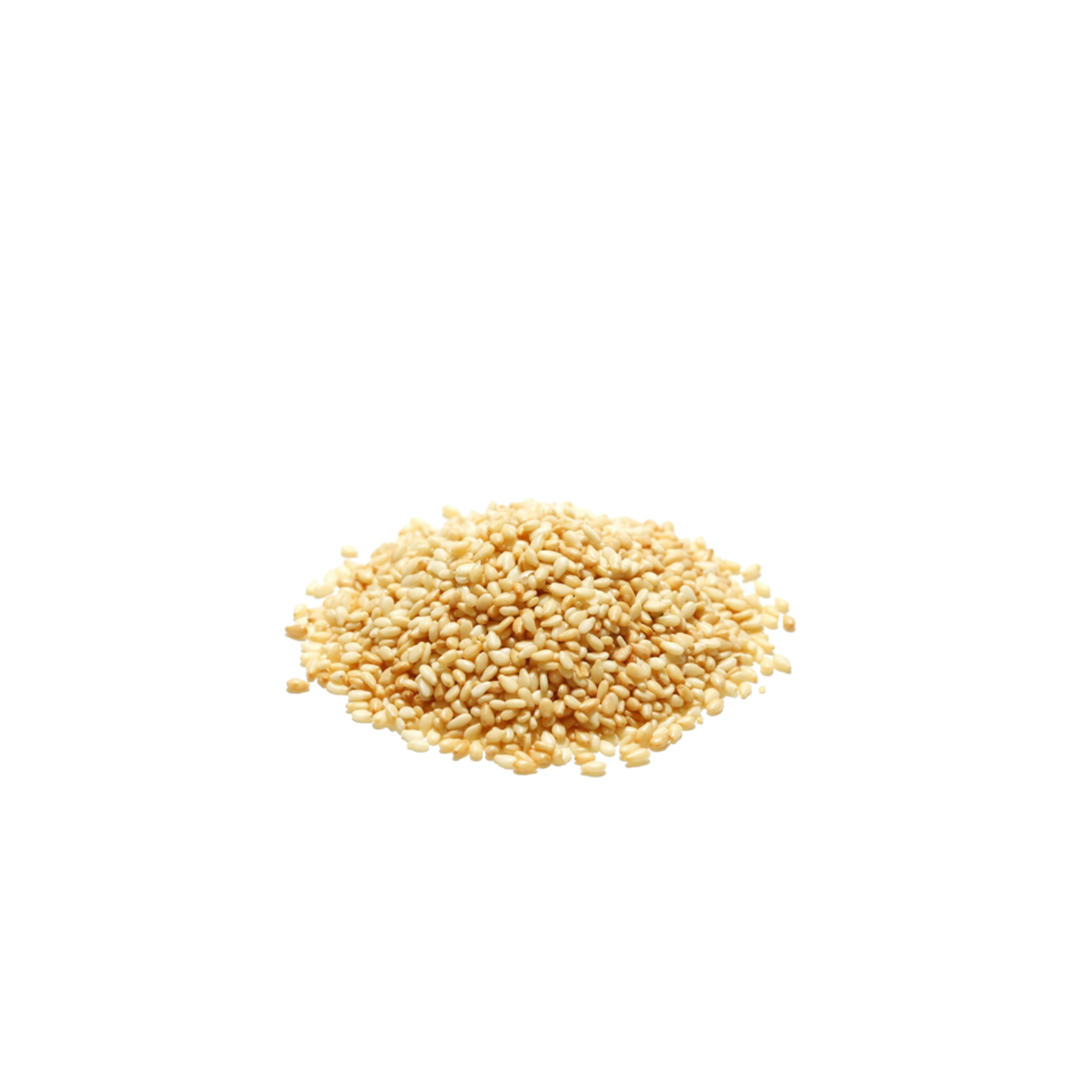
Sesame Seeds
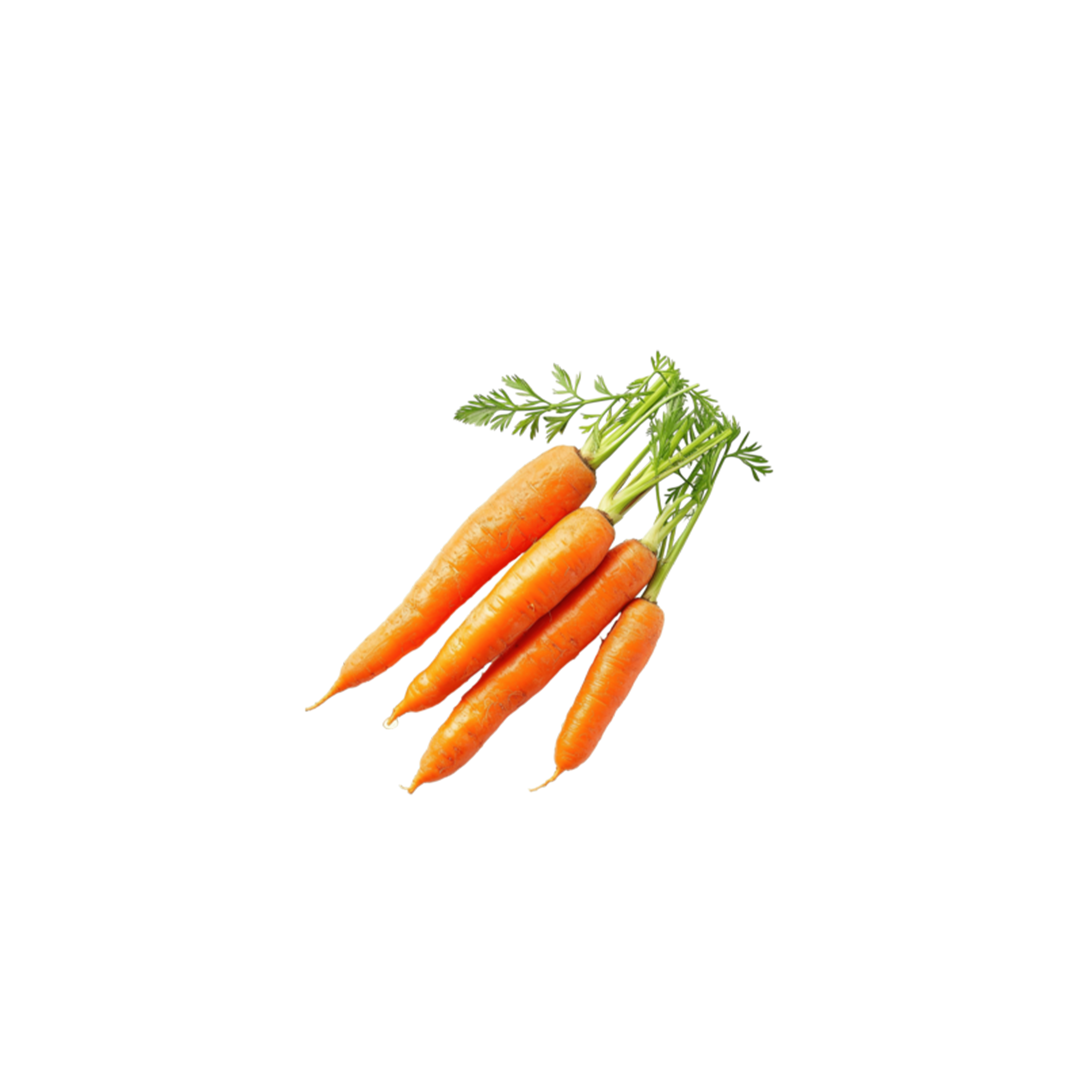
Carrot
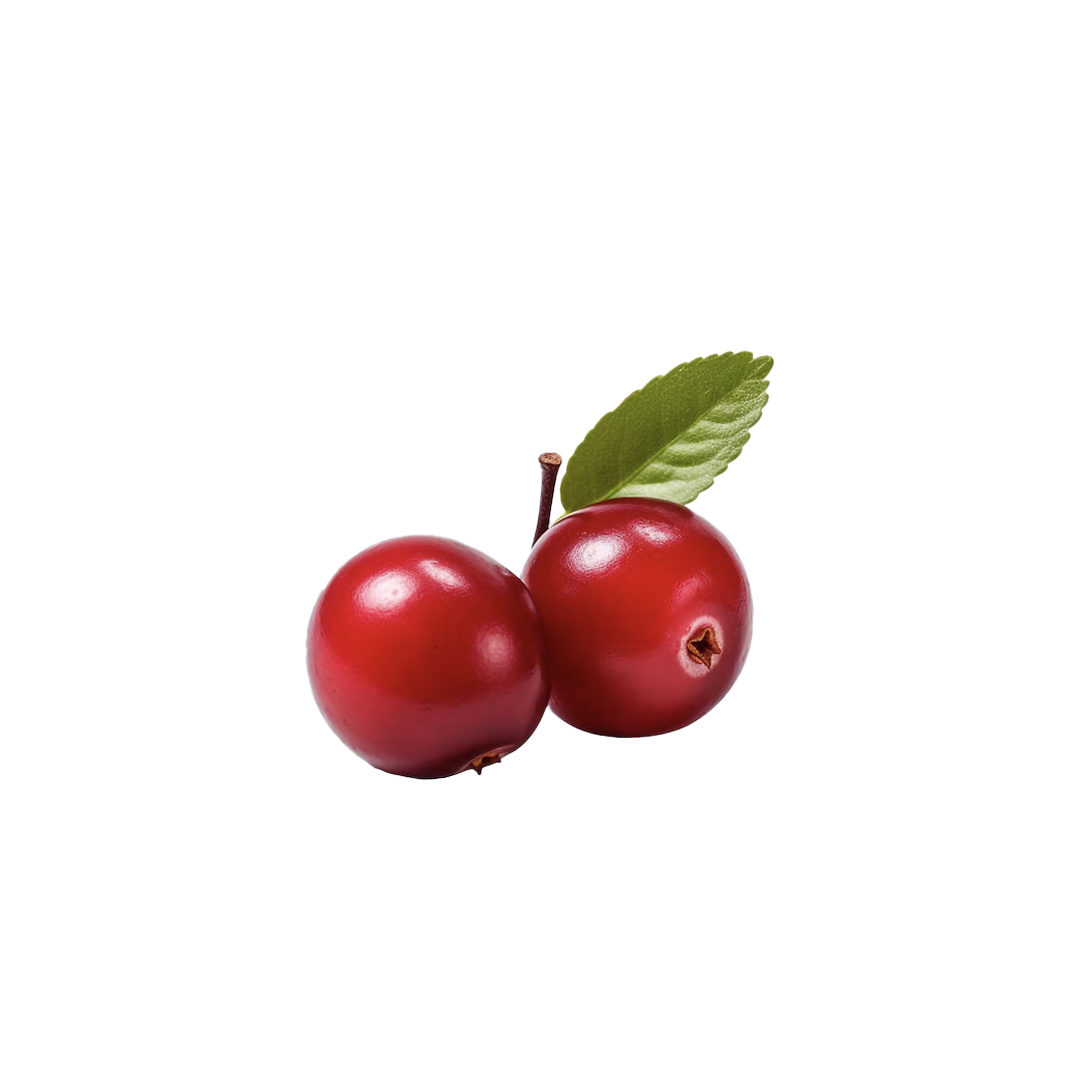
Acerola

Kiwifruit
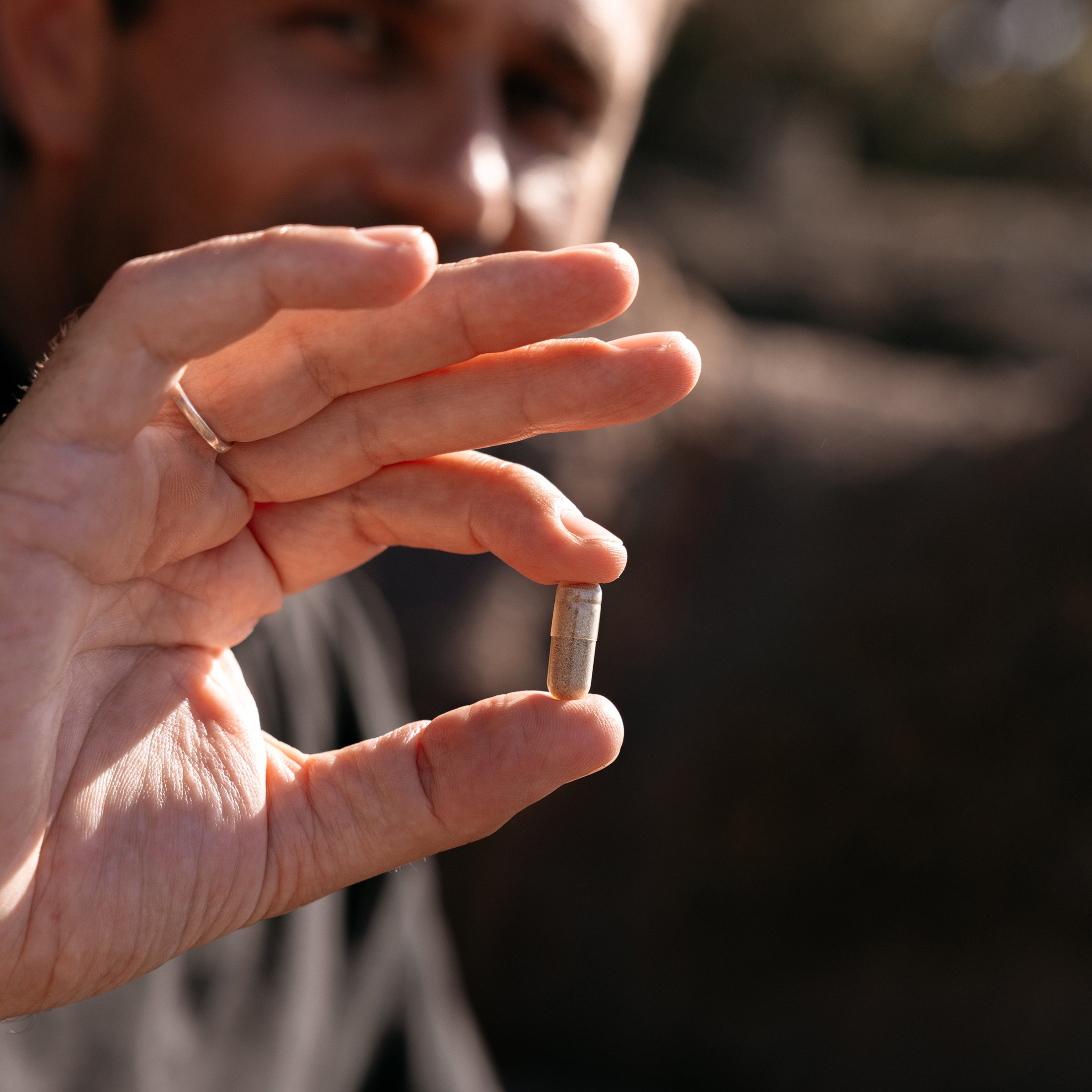
Five years. One breakthrough formula.
Iconic Iron didn’t happen overnight. It’s the result of eight years of research and five years of product development, driven by Dr Libby’s unwavering commitment to finding a better way.
After countless ingredient trials that didn’t make the cut, we discovered something extraordinary – ferritin iron sourced from organic peas. Today, Iconic Iron stands as the first and only supplement of its kind anywhere is the world – a potent yet gentle, food-sourced iron your body can truly recognise and use, without the usual side effects.
Real innovation. Remarkable results. Now within your reach.
Frequently Asked Questions
The RDI for iron is the amount we need to consume to prevent deficiency. Personal needs can be highly variable when it comes to obtaining and maintaining optimal health. For example, with heavy menstrual blood loss (more than 16 pads or tampons per period), needs will be greater than if periods are moderate (6-10 pads or tampons per period; about 4 tablespoons; 60-80 ml of blood loss) or light (1-5 pads or tampons per period), as 30mg of iron is lost in every 60 ml of blood. Also, if someone eats in a vegan or vegetarian way, their iron needs are 1.8 times the RDI. For athletes, or those who train that way, iron requirements are 1.7 times the RDI. These are just some of the reasons why iron supplementation can be a crucial part of health care as it can be challenging to eat enough to meet requirements.
The RDI for iron for each age/stage is:
7-12 months: 11 mg/day
1-3 years: 9 mg/day
4-8 years: 10 mg/day
9-13 years: 8 mg/day
Girls 14-18 years: 15 mg/day
Boys 14-18 years: 11 mg/day
Women 19-50 years (or longer if still menstruating): 18 mg/day
Pregnant women: 27 mg/day
Women 50+ years (or once periods cease): 8 mg/day
Men 19+ years: 8 mg/day
When needs are high (menstruation years, pregnancy, for athletes, for example), it can be challenging to eat enough iron-containing foods each day when you are a hearty eater and eat for satiation. It’s even more challenging if you restrict your food intake in any way – whether that be via vegan eating, dieting mentality (limiting calorie intake) or having coffee for lunch.
It’s also common for infants aged six to 12 months as well as toddlers aged one to two years to not consume enough iron. A study published in 2022 looking at Australian children found 75% of infants and 25% of toddlers aren’t getting the recommended dietary intake of iron [1]. This is a major concern as untreated iron deficiency can progress to its more severe counterpart: iron deficiency anaemia. In anaemia, there are enough healthy red blood cells to carry oxygen around the body. If untreated, this can be associated with developmental setbacks and future cognitive deficits.
So while this isn’t a precise answer, not eating enough iron has become incredibly common for women in their menstruation years, pregnant women, athletes, those who eat in a vegan or vegetarian way, those who diet (calorie restriction) or skip meals, as well as infants and toddlers to not eat enough iron-containing foods and fall short of their requirements.
[1]
https://www.mdpi.com/2072-6643/14/7/1381
The normal range for ferritin (iron storage) in New Zealand and Australian pathology laboratories is 20–220 µg/L. In Dr Libby’s clinical experience, people feel better when ferritin levels are at minimum 50 µg/L. They feel much better when it’s at 80 or 100 µg/L. If your blood test results for ferritin are, for example, 22 µg/L, you will be told that your iron levels are “fine” as this is inside the normal range. In Dr Libby’s clinical experience, most people do not feel at all fine when their ferritin is so low.
It can also be helpful to note (and Dr Libby explains this in her book Fix Iron First), that inflammation and infection can falsely elevate ferritin. This means that ferritin can appear to be higher than it actually is, if there’s inflammation or an infection.
Broadly, iron deficiency occurs due to four factors: inadequate iron intake, decreased iron absorption, increased iron demand, and/or increased iron loss.
Addressing the underlying cause of iron deficiency is important. Some common reasons include inadequate dietary intake, poor absorption (due to conditions like undiagnosed coeliac disease, non-coeliac gluten sensitivity, a variety of malabsorption syndromes, chronic diarrhoea etc.), poor bioavailable copper levels, or excess blood loss during menstruation. It’s also common after giving birth, depending on mum’s iron status at the end of her pregnancy and how much blood was lost while giving birth – iron status may require concentrated focus to restore.
For most conventional iron supplements – which often contain high doses of synthetic forms like ferrous sulfate or iron polymaltose – a blood test is essential to avoid the risk of iron overload, as these typically contain large doses of iron. However, Iconic Iron is a low-dose (11mg iron per capsule), plant food-sourced (from organic peas) form of ferritin iron that’s highly bioavailable (due to its unique absorption mechanism) and gentle on the gut, making it safe to take without immediate prior testing, to help ensure adequate intake.
No. Most people respond better to a consistent, lower dose as a large dose of iron all at once (firstly) drives the production of hepcidin. Hepcidin helps to regulate iron absorption and when hepcidin is high, iron absorption is blocked so large doses are usually not wise due to the elevation in hepcidin this promotes (unless someone is dangerously low in iron, at which time an iron infusion will usually be the preferred restoration solution).
Secondly, another reason why large doses are not usually the best way to address an iron deficiency, is that a big dose typically ends up as what is called ‘free iron’ in the gut or inside the cells that line the gut (not what you want). Large amounts of free iron can drive oxidative stress and inflammation – also not what you want.
On top of this (thirdly), you require robust levels of available copper to be able move iron on from what’s referred to as the ‘back door’ of the gut cell, so the iron can be taken to where it needs to go inside you. So when you have a large dose, you need plenty of bioavailable copper otherwise the iron gets ‘stuck’. If too much iron, too often, sits at the back door waiting for the copper-dependent substance to come along and move it, this free iron risks damaging the back door itself. Add these three factors up and collectively they are a major reason why larger doses of iron tend to cause constipation and other gut symptoms like nausea. Some women simply say they feel ‘foul’ taking this high dose style of iron supplement and as a result, they only sporadically supplement and instead keep living with low iron and all of its concerning consequences.
The magnificence of the form of iron in Iconic Iron – ferritin iron – is that gut cells are not exposed to free iron in the absorption process. Think of ferritin as a cage and inside, all of the iron is safely housed. Its unique mechanism of absorption means that the whole unit of ferritin iron is absorbed intact, protecting the gut, delivering the iron safely and making it highly bioavailable – so you get more from less. This mechanism and dose (11 mg per capsule) also does not acutely drive an increase in hepcidin, meaning that many of the usual road blocks to iron absorption, are overcome with ferritin iron. Add to this, that we’ve paired the ferritin iron (extracted and highly concentrated from organic peas) with foods that contain the nutrient cofactors – like sesame for their copper – to support not only effective iron absorption but healthy iron metabolism so that the iron can get to work inside you on all of the tasks for which it is essential.
Iconic Iron should not be used by anyone with haemochromatosis or other conditions associated with iron overload.
If you do not have any degree of iron deficiency (depletion, deficiency or anaemia), you do not require it.
If you are taking medications or have a medical condition, it is wise to consult your healthcare practitioner before adding any new supplements, including Iconic Iron.
No. Iconic Iron is by nature gentle on the gut. Unlike traditional iron supplements, its unique ferritin iron form is naturally encapsulated in a protein shell, protecting both the iron and your digestive lining as it moves through your digestive system for slow, steady absorption – without the common side effects like nausea or constipation.
Iron, in general, is better absorbed in the morning so take the right dose for you (as guided on the box and bottle), with or without food, but at least 30 minutes away from tea, coffee, and calcium-rich foods. There’s no need to pair it with vitamin C as ferritin iron does not require this for absorption. We included it in the formula, though, for its general health supportive qualities.
Yes, our products are designed to complement each other and can be taken together.However, we recommend taking Iconic Iron away from Organic Zinc to optimise absorption. Iron is best taken in the morning and zinc just before bed.
We recommend consistent use for 8–12 weeks to help restore iron levels. If iron deficiency anaemia (the most severe form) is present, supplementation may be needed for 3–6 months (or longer, depending on the deficiency starting point and also how much dietary iron is being consistently eaten), followed by an ongoing maintenance dose. Follow up with blood testing as advised by your healthcare professional.
If your iron levels are very low, it’s best to work with your healthcare practitioner to determine the appropriate dosing for you and to monitor your progress. They may guide you to increase the dose.
Yes, Iconic Iron is suitable during pregnancy and breastfeeding.
Some women prefer to consult their healthcare professional before beginning any new supplement during these life stages.
This varies depending on how depleted your iron levels are when you start. Many people notice improvements in energy, focus, and mood within a few weeks of consistent use, though full replenishment can take several months. In the trial group, we were very encouraged that numerous participants told us (anecdotal evidence) they noticed improvements in energy, mood/calm/resilience, brain function (“the fog has gone!”) and how they felt while running after four days (!!) of taking two capsules per day.

